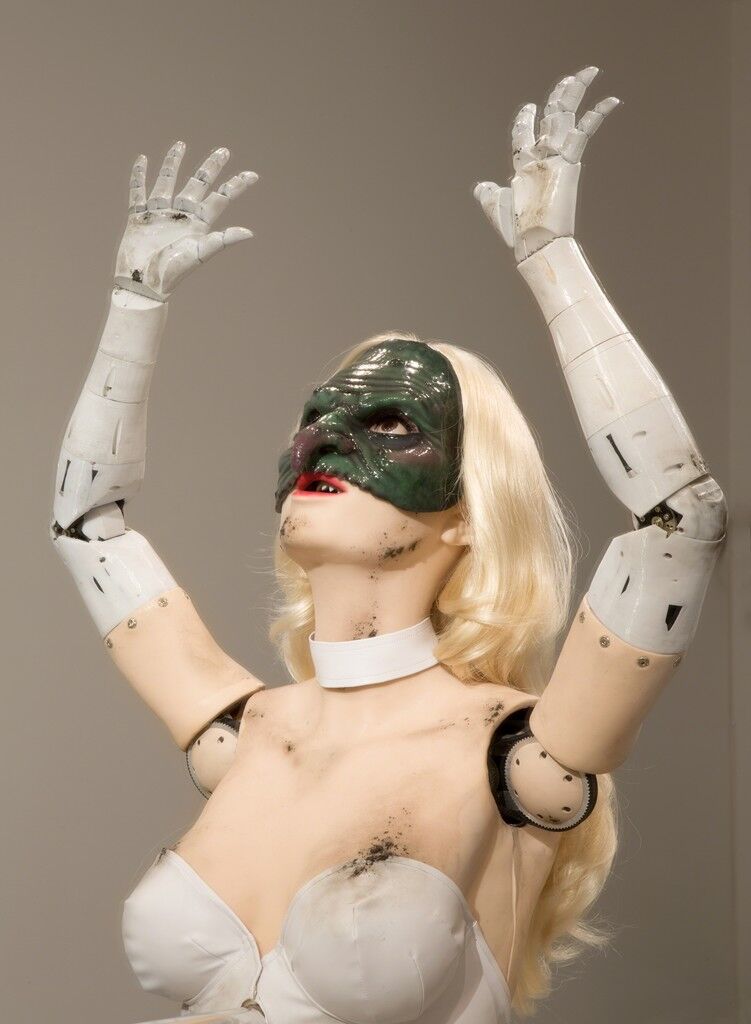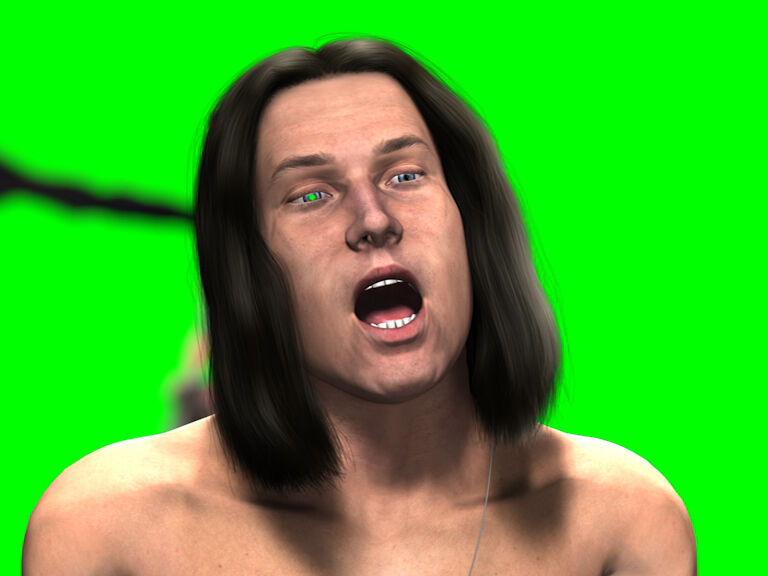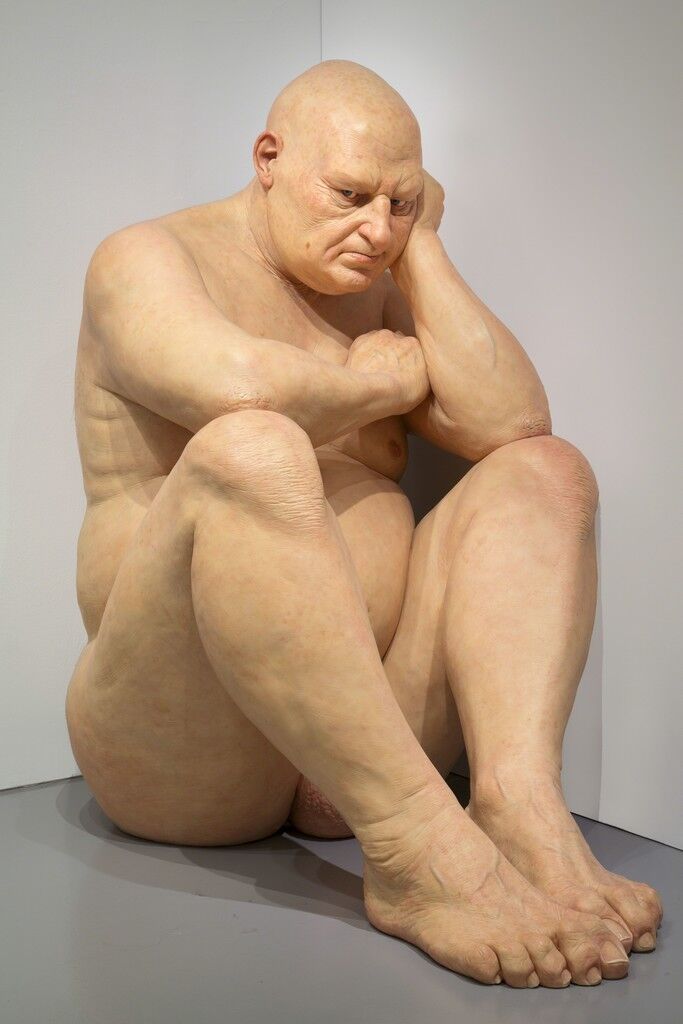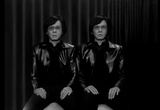dec2018/jan2019 » » SERRA DE MONTEMURO » » Portugal
plenty of sheep and one cow... above Ferreiros de Tendais
...|...
view from Ferreiros
...|...
the dog... the sign
...|...
the dark side... of the mmm
...|...
...|...
...|...
the dog... the sign
...|...
the dark side... of the mmm
...|...
feb.2019... snow time
... and now this amateur is slippin' and slidin' and blocked the road for the rest of us...(that means me)
...|...





































